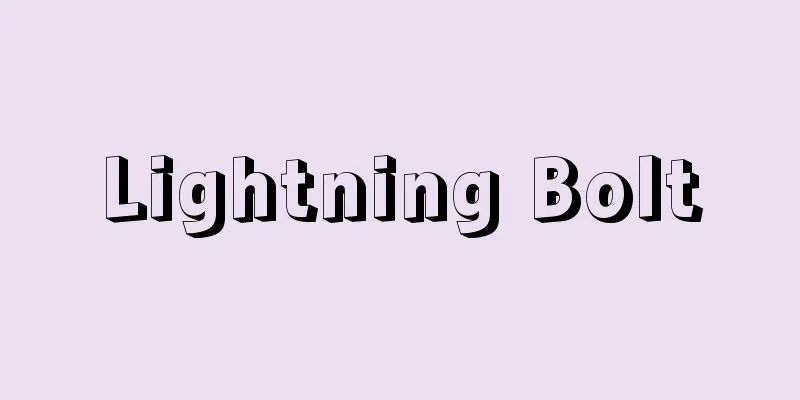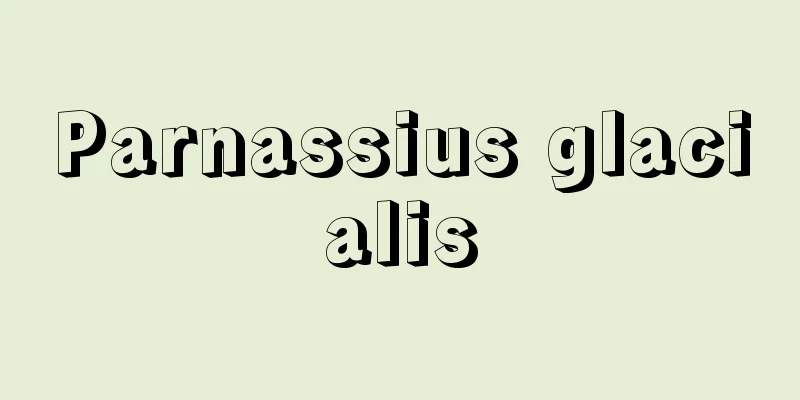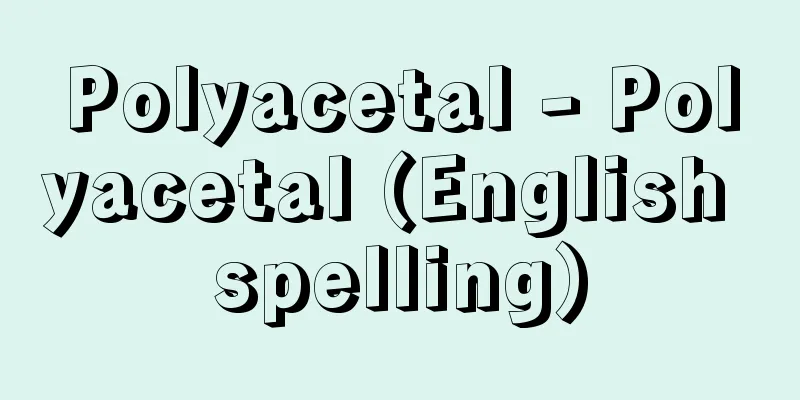Automobile Emissions Regulations - Automobile Emissions Regulations
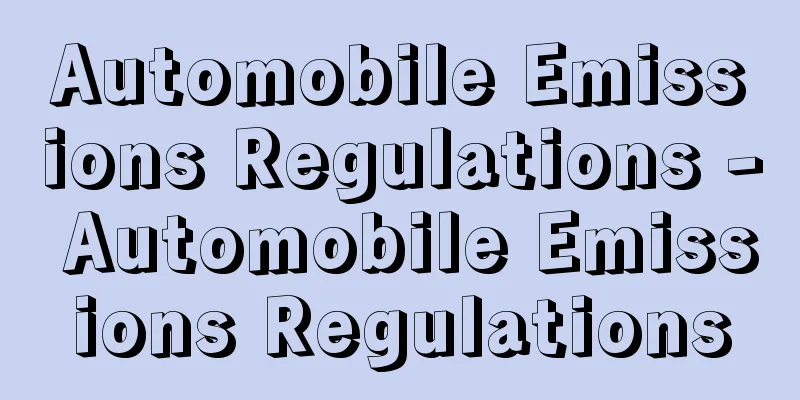
|
To regulate harmful substances emitted from automobiles. In automobile engines, CO (carbon monoxide) and HC (hydrocarbons) are produced by incomplete combustion, and NO(/x) (nitrogen oxides) are produced by high temperature and pressure. Tetraethyl lead mixed into gasoline as an anti-knock agent also releases inorganic lead salts and lead oxides as particulate matter (PM), and in the case of diesel, carbon is liberated and black smoke is emitted when there is a localized lack of oxygen. These harmful substances cause air pollution. The addition of tetraethyl lead has been prohibited in Japan since February 1976. Regarding other harmful substances, in the United States, Senator ES Muskie and others proposed a bill to amend the Clean Air Act (commonly known as the Muskie Act) to Congress. This bill was a groundbreaking one in terms of passenger car exhaust gas regulations, and it aimed to reduce CO and HC by 90% from January 1975 and NO(/x) by 90% from 1970 measurements. However, major automakers strongly opposed the tightening of NO(/x) regulations, and in the end, the NO(/x) regulations were forced to be abolished in January 1974. In Japan, the Environment Agency, which was still in its infancy, urged manufacturers to develop technologies with the backing of public opinion, and as a result, the 1978 passenger car exhaust gas regulations were achieved, limiting the average NO(/x) emissions per kilometer driven to 0.25g or less, and at the same time, fuel efficiency was improved. As the United States abolished the NO(/x) emission regulations halfway through, Japanese passenger cars were recognized as the best in the world, and exports of Japanese cars increased dramatically. After that, regulations on NO(/x) in particular were tightened, and in 1992 the ``Special Measures Law for Reducing the Total Amount of Nitrogen Oxides Emitted from Automobiles'' (Automobile NO(/x) Law) was enacted, and in 2001, this was revised to include PM regulations, and the ``Automobile NO(/x) and PM Law'' was enacted. →Diesel exhaust gas pollution/Clean energy automobiles→Related topics Automobiles | Air Pollution Control Act | Exhaust gas Source : Heibonsha Encyclopedia About MyPedia Information |
|
自動車から排出される有害物質を規制すること。自動車エンジンからは,不完全燃焼によりCO(一酸化炭素)とHC(炭化水素)が生成し,高温高圧によってNO(/x)(窒素酸化物)が生成する。またガソリンのアンチノック剤として混入された四エチル鉛から無機鉛塩や鉛酸化物の微粒子状物質(PM)が排出され,ディーゼルの場合は局部的に酸素不足を生ずると炭素が遊離して黒煙を出す。これら有害物質が大気汚染の原因となる。四エチル鉛の添加は,日本でも1976年2月以降禁止。他の有害物質について,米国では上院議員E.S.マスキーらが大気清浄法の改正法(一般にマスキー法という)案を議会に提案した。この法案は乗用車排出ガス規制に関して画期的なもので,CO,HCは1975年1月以降,NO(/x)は1976年1月以降,ともに1970年測定値より90%減らそうというもの。しかし大手自動車メーカーがNO(/x)の規制強化に強く反対し,結局1974年1月,NO(/x)規制は廃止に追い込まれた。日本では,草創期の環境庁が国民世論を背景に各メーカーに技術開発を急がせ,その結果,走行1km当りのNO(/x)平均排出量を0.25g以下とする乗用車排出ガス1978年度規制を達成,これと同時に燃費の面でも改善された。米国がこのNO(/x)排出規制を中途で廃止したため,日本の乗用車は世界一優れているという評価を得て,日本車の輸出が飛躍的に伸びた。その後,とくにNO(/x)の規制が強化され,1992年に〈自動車排出窒素酸化物総量削限特別措置法〉(自動車NO(/x)法),2001年にこれを改正し,PMの規制を加えた改正〈自動車NO(/x)・PM法〉が制定された。→ディーゼル排出ガス公害/クリーンエネルギー自動車 →関連項目自動車|大気汚染防止法|排気ガス 出典 株式会社平凡社百科事典マイペディアについて 情報 |
<<: Automobile sales business - jidousha hanbaigyo
>>: Car registration - jidousha toroku
Recommend
Kety (English spelling)
Indigenous people of the middle and lower reaches ...
stenotype
… In addition to this method of writing lines (li...
Callioplana marginata
A marine animal of the phylum Platyhelminthes, cla...
Oguri Sotan
1413-1481 A painter-monk from the Muromachi perio...
Latin America
Latin America is a concept in contrast to Anglo-Am...
Seniority system - Senninkenseido
A system in which workers who joined the company e...
Gabriel, S.
…By reacting this with an alkyl halide and then h...
Welfare work - Fukushiroudou
When social welfare-related duties and practices a...
Berlin, Irving
Born: May 11, 1888 in Taemun [Died] September 22, ...
Sexagesimal system - Rokujisshinho
A number system in which 60s are counted together ...
Falckenberg, O.
…He was a hit for playing strong, powerful charac...
Battle of Adwa - Battle of Adwa
…The Italian army had invaded Ethiopia in an atte...
Weibutsu - Weibutsu
A poet from the mid-Tang Dynasty in China. He was...
Industrial hygiene
In modern society, workers take up a job and parti...
Airou - Airou
…They belong to the Tibetan, Dai, and Miao ethnic...
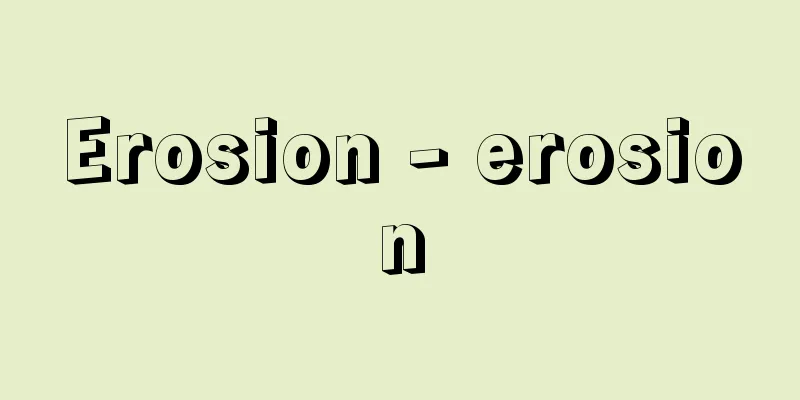



![Wisconsin [State] - Wisconsin](/upload/images/67caf8616b26e.webp)
